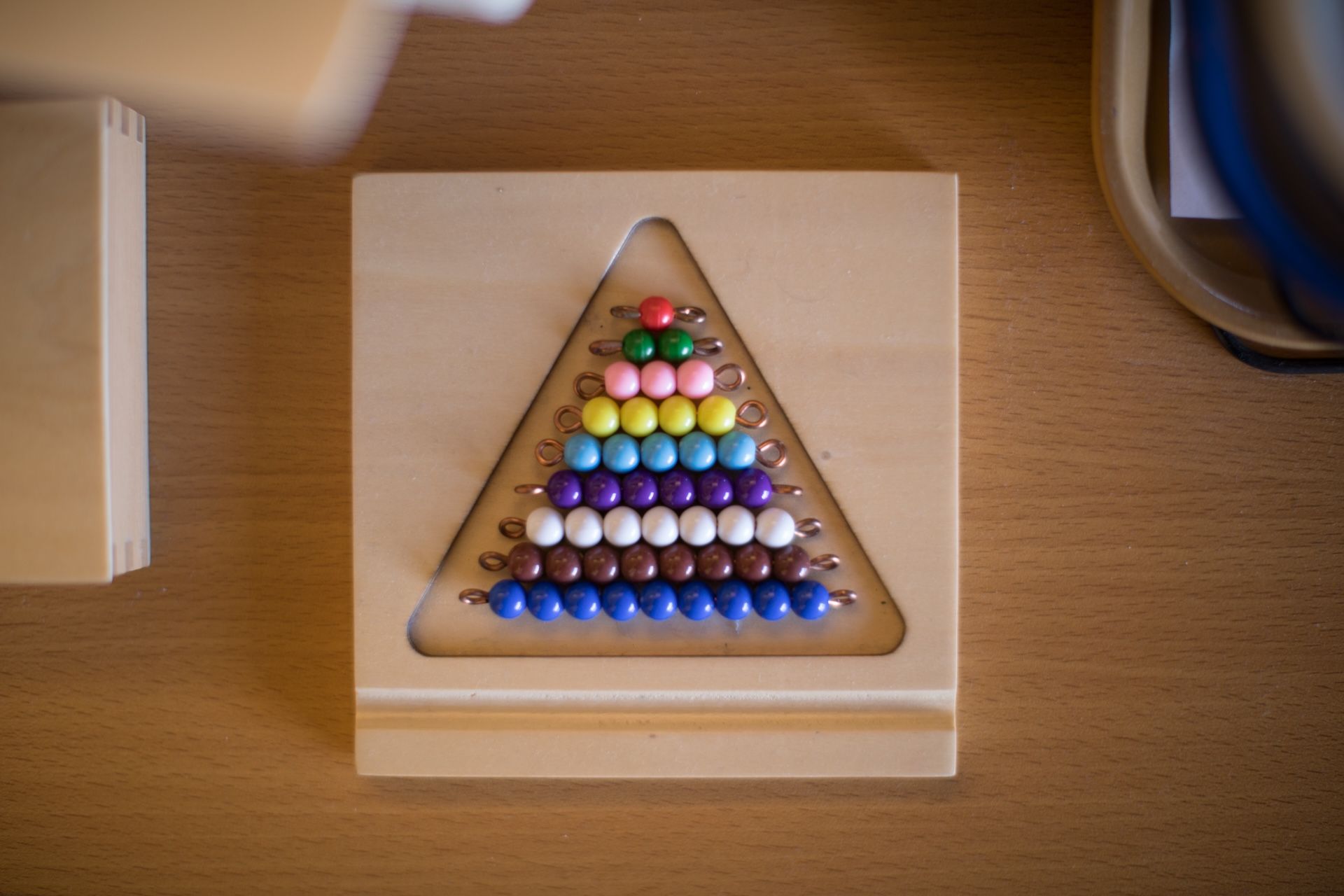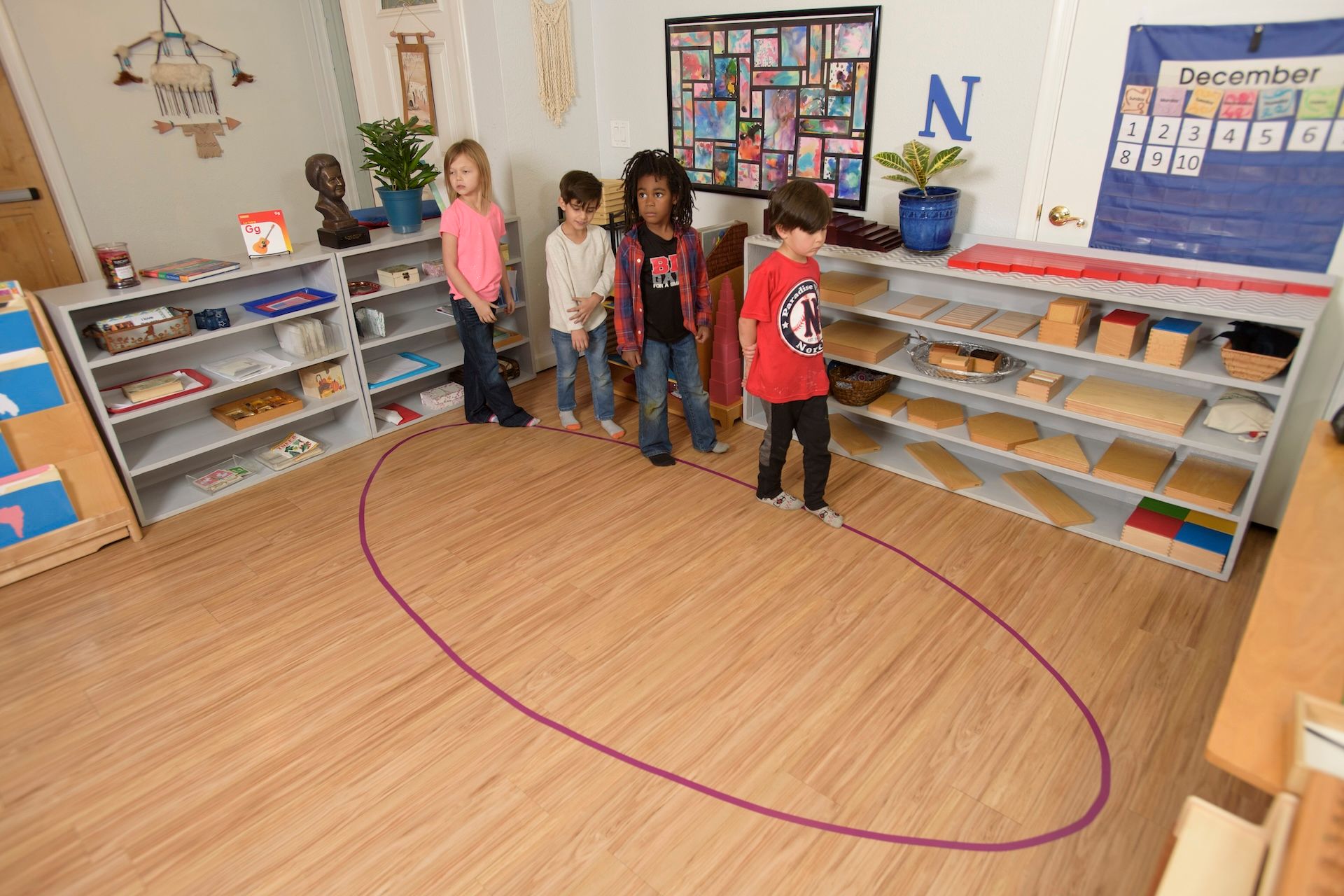Creating music is a distinctly human activity. We’ve been drawn to different patterns, sounds, rhythms, and instruments throughout our history. Music can guide everything from fashion trends to political movements. Having music in everyday life is recommended by a variety of psychological studies which have demonstrated that it engages part of the brain that makes it easier to retain information. Even better than this, the Montessori program of music learning provides children with all the conceptual information they need to excel in math.

Playing instruments is a simple way to keep children engaged in a math-related activity for long periods of times. In 2006, Dr. Frances Rauscher published a study which showed that children who were educated in playing instruments scored higher on challenges in arithmetic, hand-eye coordination, and spatial-temporal cognition. At Pebblecreek, everyone learns how to make their own music. In the classroom, we include a variety of instruments which help children grasp different concepts. Our learning spaces are modeled after the Orff Schulwerk program, which incorporates making music and dancing. Both of these have been demonstrated to help children retain academic skills , particularly in math. In this environment, children are encouraged to imitate each other as well as explore their own natural expressions. This results in a unique experience which combines body and mind. Orff instruments are also used, which are just scaled down versions of adult instruments that are easier for small fingers to navigate.
Learning about musical notation also helps children grasp more abstract concepts of mathematical notation from an earlier age. In her own handbook, Dr. Montessori education includes examples of materials used to arrange notes along scales and understand the patterns of the music staff. They also learn how to arrange these based on different sounds, a process called “auditory discrimination.” Children have something tangible they can associate with a concept that would be totally abstract if it were just presented mathematically. These patterns and ratios go along with those Montessori educators include in their concrete materials and lays a foundation for comprehending complex mathematics. Professionals agree that making sure math instruction feels both comfortable and natural is essential to long-term success.
The patterns of music seem to be encoded in our DNA. When they’re infants, parents instinctively rock and pat them with even rhythms and beats. Babies are usually soothed by these motions. Children learn through play instinctively, without any outside prompting. Beats, rhythms, and intervals can be explained in a way that seems more like fun than any school activity should be. It should be too surprising, then, that children learn better when they have the opportunity to engage their bodies as much as possible. The presence of music in the classroom, as well as dance and motor activities, all work together to optimize a child’s understanding of spaces, places, and motion.
Music’s power isn’t limited to learning to play an instrument or understanding theory. Just having music going in the background, particularly songs with a tempo of 50-80 beats per minute, can improve overall focus, retention, and comprehension for children and adults. Whether your family loves classical or classic rock, adding more music into your daily lives is likely to be a positive influence for you and your children.
The post Making Music for Better Mathematics appeared first on Pebblecreek Montessori.
Hours
MONDAY - FRIDAY
HALF DAY: 8:30a – 12 noon
ACADEMIC DAY: 8:30a – 3:30p
EARLY CARE: 7:00a – 8:30a
AFTER CARE: 3:30p – 6:00p
OFFICE: 8:00a - 4:00p
Programs
Connect
Pebblecreek Montessori




